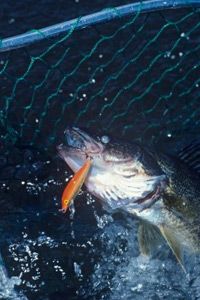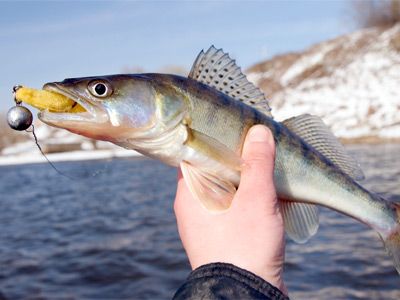You wake up early on a Saturday in late March. It is just before dawn, but you can't sleep. You grab a mug of coffee and take a step outside. There's an exciting hint of warmth in the air that lets you know winter has finally passed, and spring has come to stay. Get out your gear -- it's time to fish.
Each spring, anglers across North America heed nature's call. They grab their tackle boxes, fishing poles and bait, and head out for a refreshing morning of walleye river fishing. Though walleye can be fished year-round, even in winter, they become much more active -- and hungry -- in the spring. [source: Scott] If you have never fished for walleye before, this time of year is definitely your best chance to learn.
Advertisement
Walleye river fishing is active and exciting. Walleye are big, tasty fish. The state record in Minnesota goes to a 17 pound, 8-ounce behemoth that was 35.8 inches long. [source: Minnesota DNR] This isn't your grandfather's fishing. Don't expect to nod off while you lazily float around in a boat. This is a hunt. And once you reel in that first big fish, your walleye won't be the only one that's hooked.
Are you ready to take the leap and learn more? Let's go fishing!
Advertisement



